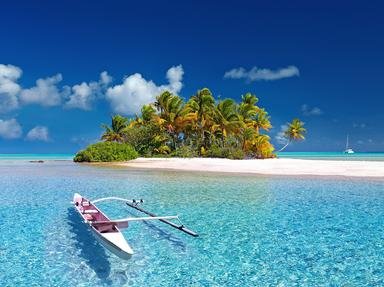
Archipelago Trivia Quiz
The world's oceans are dotted with hundreds of island groups of every size. In this quiz you will be required to sort each of the listed archipelagos into the oceans they belong to.
A classification quiz
by LadyNym.
Estimated time: 3 mins.